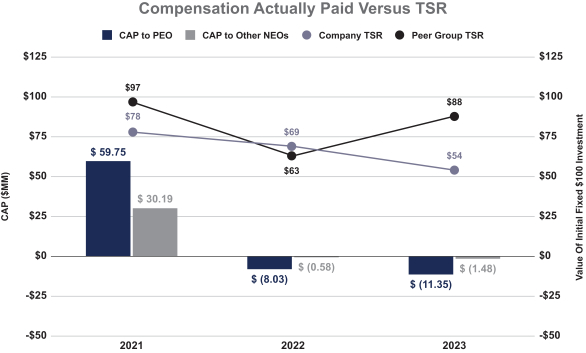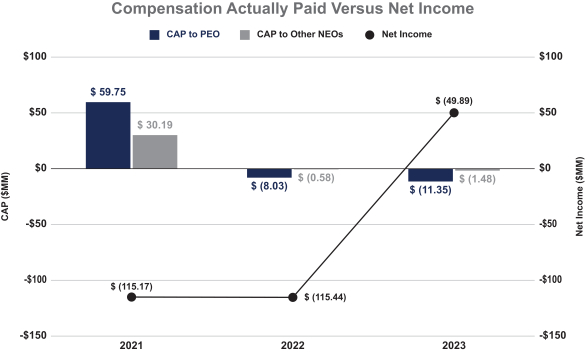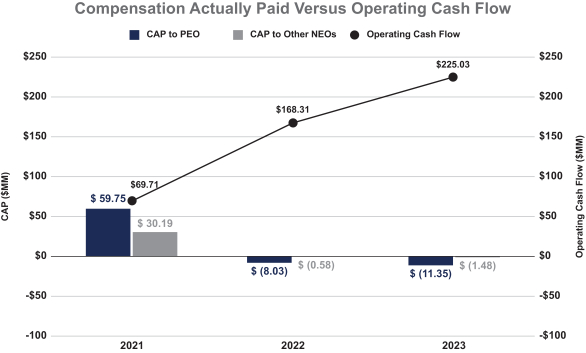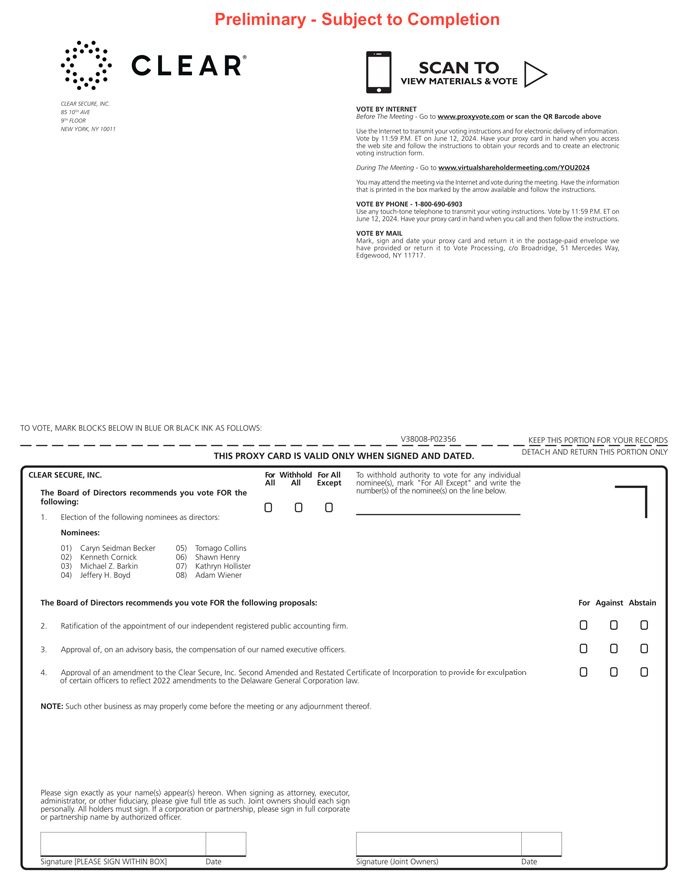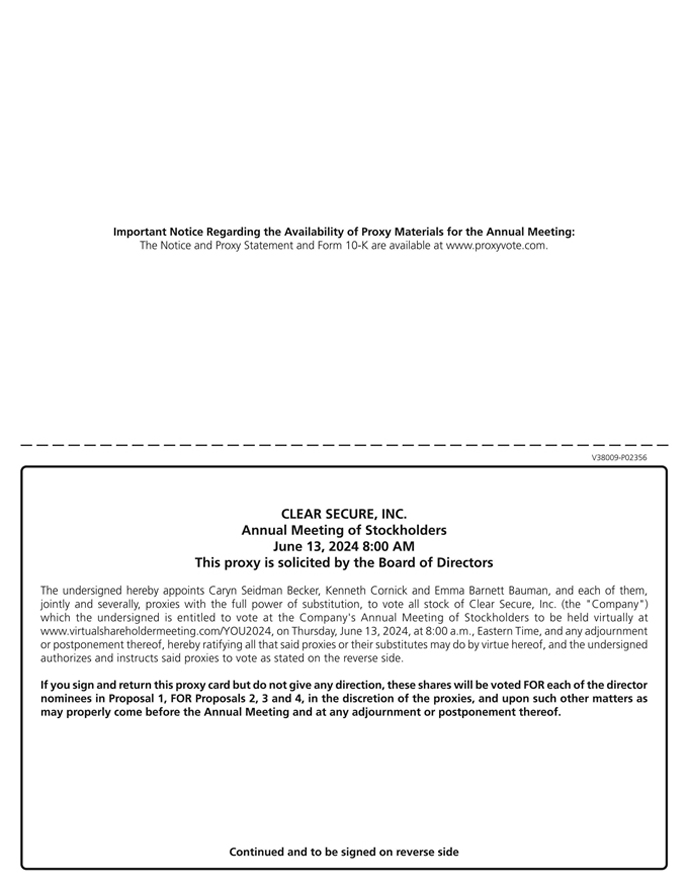In the event of a termination of employment by the Company without “Cause” or a termination of employment by the NEO for “Good Reason,” Mr. Kasra Moshkani’s offer letter provides him with severance equal to three months of his annual base salary, which is a value at December 31, 2023 of approximately $137,500.
In the event of a termination of employment due to death, Mr. Matthew Levine’s November 2022 award agreement provides for vesting of 73,965 RSUs (with an assumed value at December 31, 2023 of $1,527,377), and Mr. Kasra Moshkani’s October 2023 award agreement provides for vesting of 52,521 RSUs (with an assumed value at December 31, 2023 of $1,084,559).
All of the unvested RSUs held by the NEOs (other than the Founder PSUs) provide for “double-trigger” vesting. That is, in the event of a change in control, if the grantee is involuntarily terminated without cause or resigns for good reason (as defined in the award agreement), within three months before or 12 months after the change in control, then the equity awards will become fully vested. Also see the description of the terms of the Founder PSUs above, whose value upon a change in control would depend on the stock price at such time. In the event of such an occurrence on December 31, 2023 (based on a stock price of $20.65 per share), Ms. Seidman Becker and Messrs. Cornick, Levine, Moshkani, and Patterson, Jr. would have been entitled to vesting of equity awards with a value of: $0, $0, $1,768,115, $2,811,618, and $0, respectively.
CEO Pay Ratio
We are providing the following information about the relationship of the median annual total compensation of our employees and the total compensation of Ms. Caryn Seidman Becker, our Chairman and Chief Executive Officer as of December 31, 2023, as required by the SEC’s pay ratio disclosure rules.
To identify our median employee, we first determined our employee population as of December 31, 2023. We included 4,234 employees (excluding Ms. Seidman Becker) located in the U.S., representing all full-time, part-time, seasonal and temporary employees employed in the U.S. by the Company on that date. We excluded 18 Israel-based employees and 8 Argentina-based employees from our employee population, which represented all of our non-U.S. employees as of December 31, 2023, as they collectively constituted less than 5% of our total employees. To determine the median employee, we measured each employee’s annual compensation using W-2 payment information, which included base salary, overtime payments, short and long-term incentives, and sales incentives. Compensation for full-time employees who were employed for less than the full fiscal year (i.e., full-time employees who were hired during the course of the 2023 fiscal year) was not annualized.
Once we identified the median employee, we determined that employee’s total compensation, including any perquisites and other benefits, in the same manner that we determined the total compensation of our NEOs for purposes of the Summary Compensation Table above.
50



